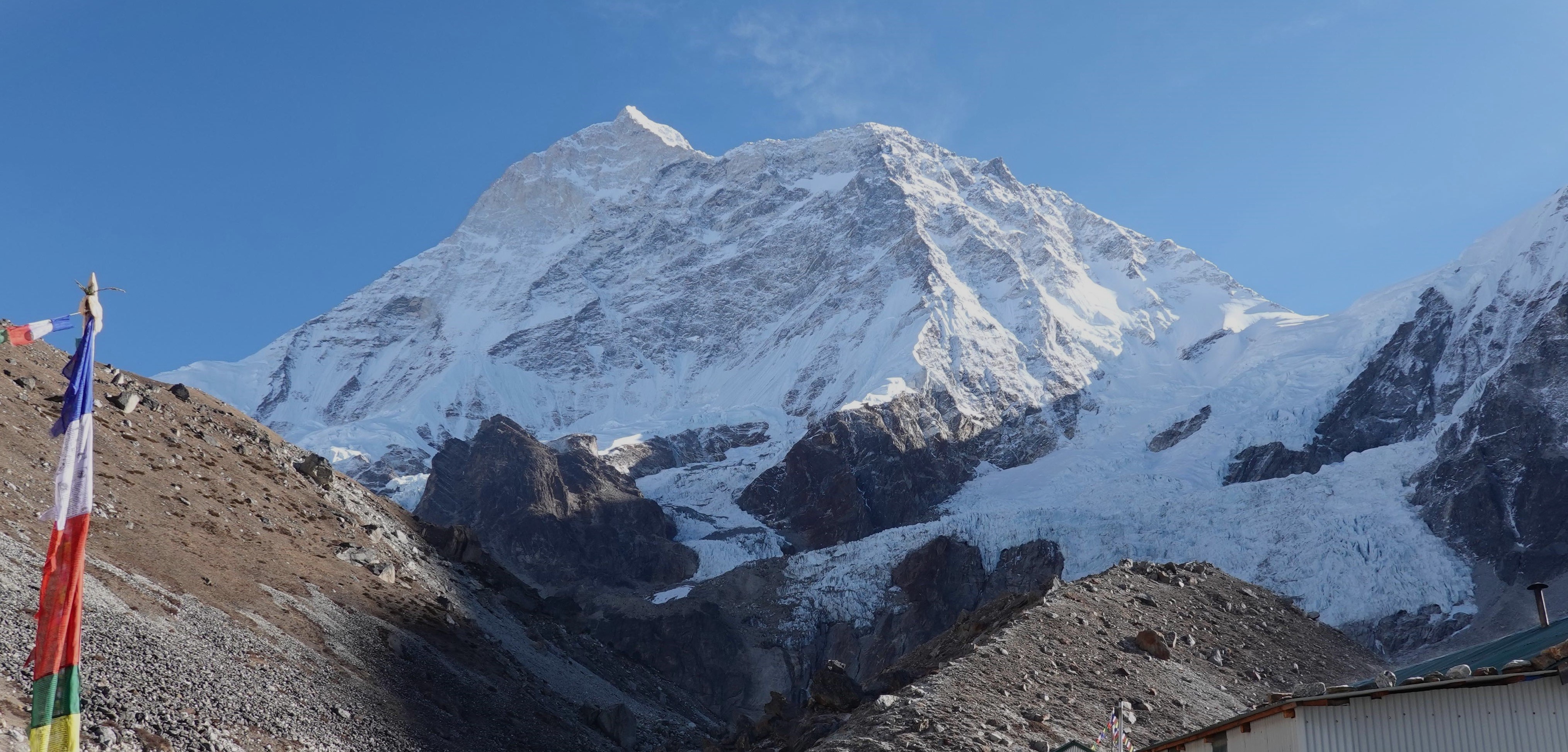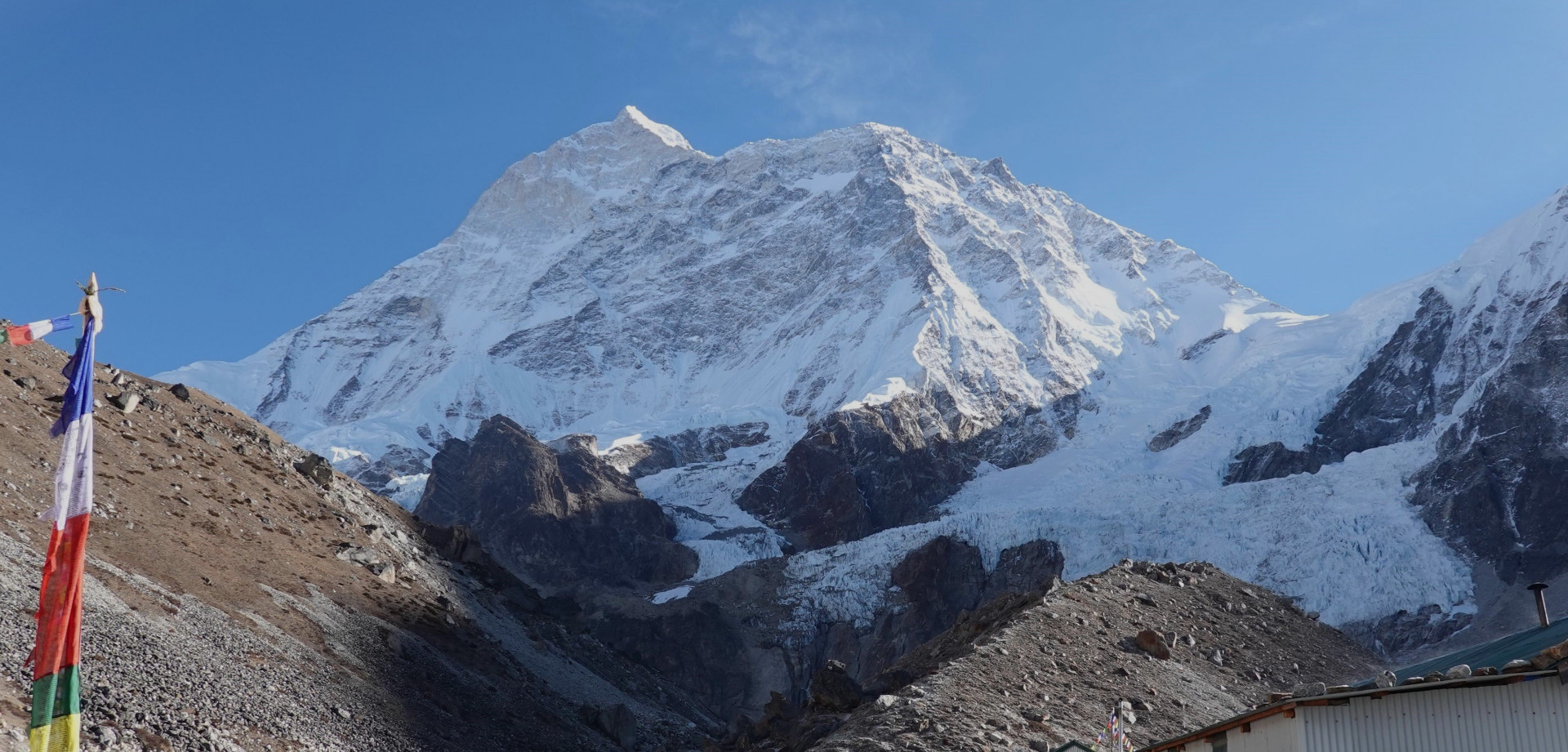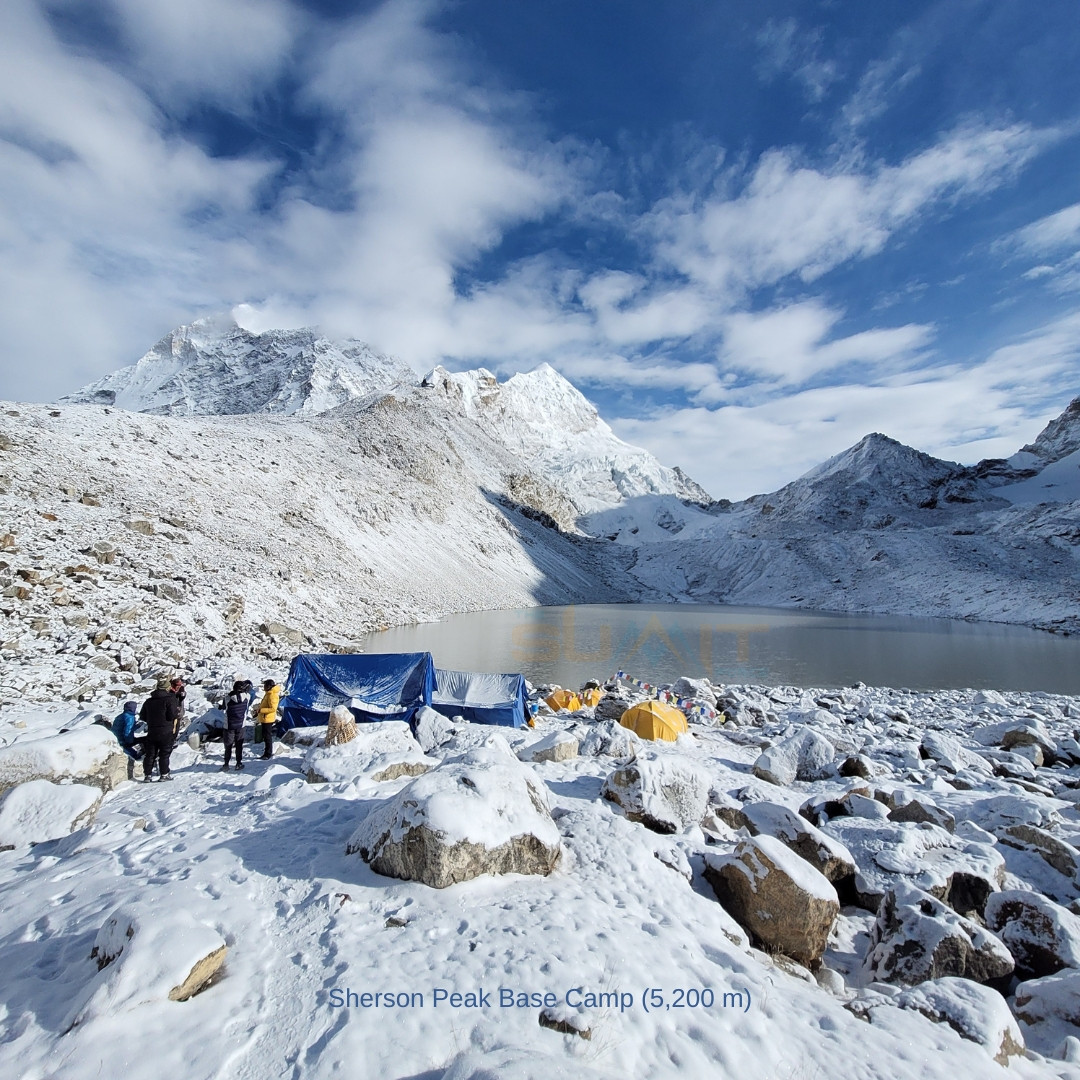The Makalu region, nestled in the remote northeastern corner of Nepal, stands as one of the least-explored and non-touristy areas. Bordered by the Everest region to the west, Tibet to the north, the Arun River to the east, and the Sabha River to the south, it hosts the world's fifth-highest peak, Mt. Makalu (8,463m), along with more than 15 other notable peaks. The Makalu Barun Conservation Area Project safeguards a range of vegetation, from tropical Sal forests to subtropical birch and rhododendron forests, extending to alpine pastures. Within this conservation area, endangered species like the Red Panda, Snow Leopard, Clouded Leopard, Wild Boar, Musk Deer, and more than 420 bird species find sanctuary. The region's cultural richness is evident in its diverse ethnic communities, including Sherpa, Rai, Limbu, Chhetri, and Brahmin, each with its distinct culture, dialects, and religion. Trekking and climbing routes to Makalu commence with a flight to Tumlingtar, the region's sole airport. The trail from Khandbari to Num traverses the Arun River, leading to the conservation area. Another route involves a drive from Kathmandu to Hile, followed by a trek to Tumlingtar. The Salpa Pass route connects Tumlingtar to the Everest region, adding to the trail network. The varied elevations in this region offer a glimpse into remarkable biodiversity, changing climatic conditions, and an awe-inspiring experience for trekkers and climbers. Key highlights of the Makalu region include panoramic views of Himalayan mountains, high passes, mountain lakes, and scenic campsites. Noteworthy peaks in the region include Mt. Baruntse, Mt. Lhotse, Mt. Everest, Mt. Chamlang, Mt. Makalu, and many others.
The best season for trekking in the Makalu region of Nepal is during the spring (March to May) and autumn (September to November). During these months, the weather is generally stable with clear skies, making it ideal for trekking and enjoying the spectacular views of the Himalayas. Spring offers blooming rhododendrons and lush vegetation, while autumn provides crisp, clear days perfect for trekking. It is advisable to avoid the monsoon season (June to August) due to heavy rainfall and the winter months (December to February) when the region can experience harsh weather conditions and snowfall.






